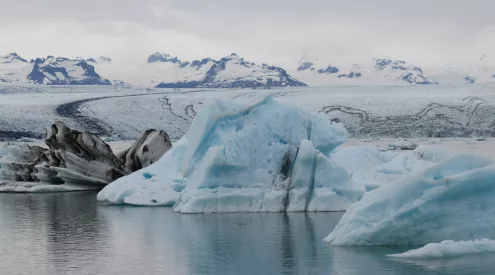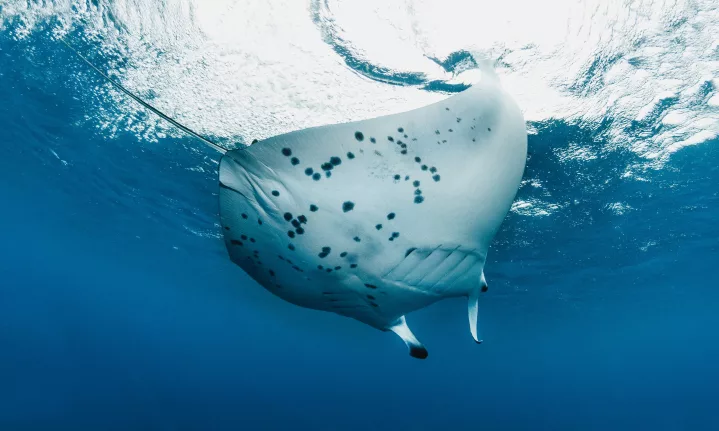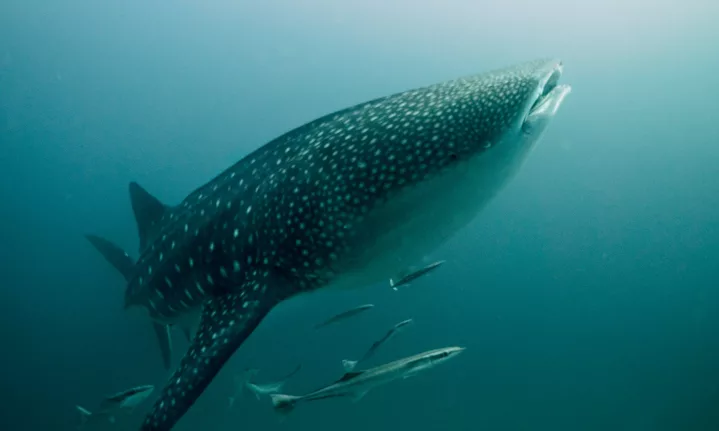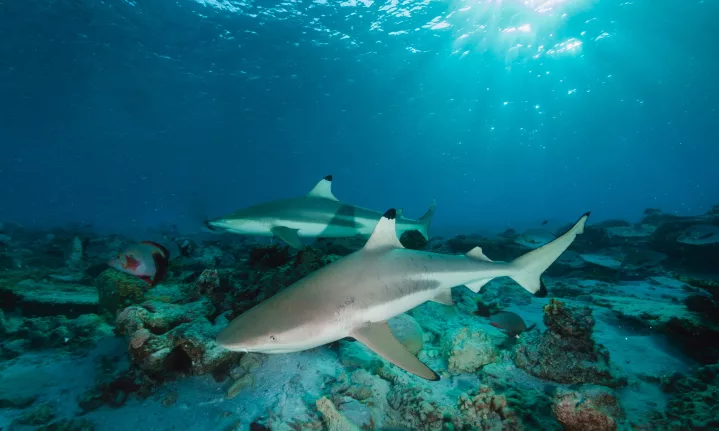A new study found that if 10% of South Africa’s mainland Ocean area, it could result in a 30% range protection of shark species, with some species having up to 60% of their habitats covered (and protected) and would only require South Africa to increase 5.4% of its current Marine Protected areas.
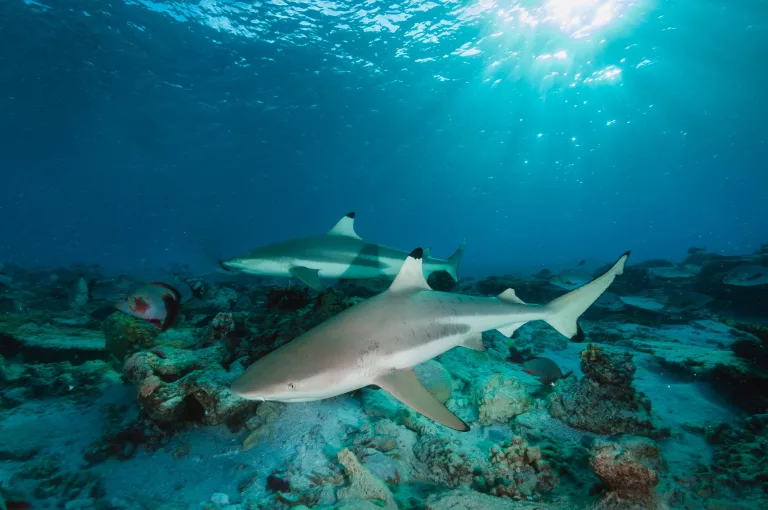
WILDTRUST, a leading conservation organisation in South Africa, together with multiple collaborators has undertaken a ground-breaking study to address the pressing need for enhanced protection of sharks and rays in South Africa.
The study, titled “A Systematic Conservation Plan Identifying Critical Areas for Improved Chondrichthyan Protection in South Africa,” aimed to identify key areas within South Africa’s continental waters that are vital for the conservation of these imperilled species.
The study found that if 10% of South Africa’s mainland Ocean area, known as the Exclusive Economic Zone (EEZ), were to be designated as Marine Protected Areas (MPAs), it would meet the 30% range protection conservation target for the species included in the study.
Sharks and rays are among the most endangered species on the planet, primarily due to overfishing. Their slow growth, late maturity, and low reproductive rates make them particularly susceptible to threats that result in population declines.
Recognising this, as well as the significance of South Africa as a global hotspot for shark and ray diversity, WILDTRUST (with funding from the Shark Conservation Fund) initiated the South African “Shark and Ray Protection Project” in 2019. One of the primary objectives of the project was to identify areas in South Africa’s waters crucial for the conservation of threatened and endemic species, as defined by the IUCN Red List.
As part of the study, a total of 87 distribution maps were produced, providing essential information for the conservation of sharks and rays. These distribution maps were also incorporated into South Africa’s Critical Biodiversity Area map, ensuring the representation of sharks and rays in the identification of important biodiversity habitats.
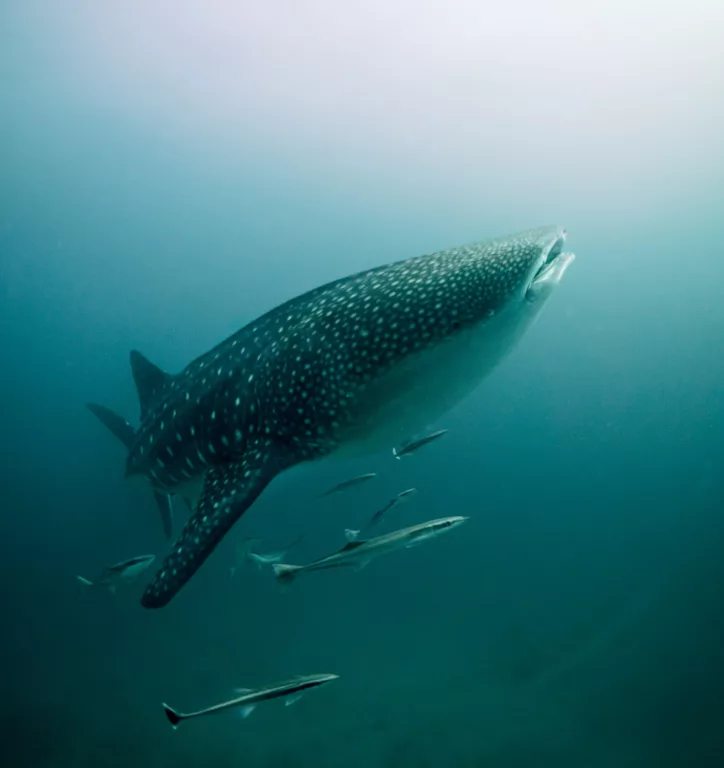
‘To ensure the accuracy of the collected occurrence data, ongoing expert consultations were conducted, said Nina Faure-Beaulieu, lead author on the paper and Research Assistant at WILDTRUST. ‘Since distinguishing between certain species can be challenging, discussions with experts in the field were crucial to validate the data. Factors such as anomalous events and species with migratory patterns were carefully considered to ensure the reliability of the distribution maps.’
‘Sometimes a warm current can result in species going far out of their usual distribution and such events need to be considered an anomaly so as not to skew their distribution map too much,’ added Faure-Beaulieu. ‘We also focused our efforts on species that do not migrate long distances or that are not mostly offshore pelagic species. Those species are not as suited to spatial protection since they will not stay in any one area for a prolonged period of time.’s is likely to be found, as well as carefully identifying key areas for conservation whilst limiting as much as possible the impact on conflicting uses. In the context of sharks and rays, this would mean identifying where increased protection from fisheries could occur, especially for critically endange
Once the data was validated, it was used to create distribution maps that predict the areas where a speciered and vulnerable species, whilst also not overlapping too much with major fishing grounds.
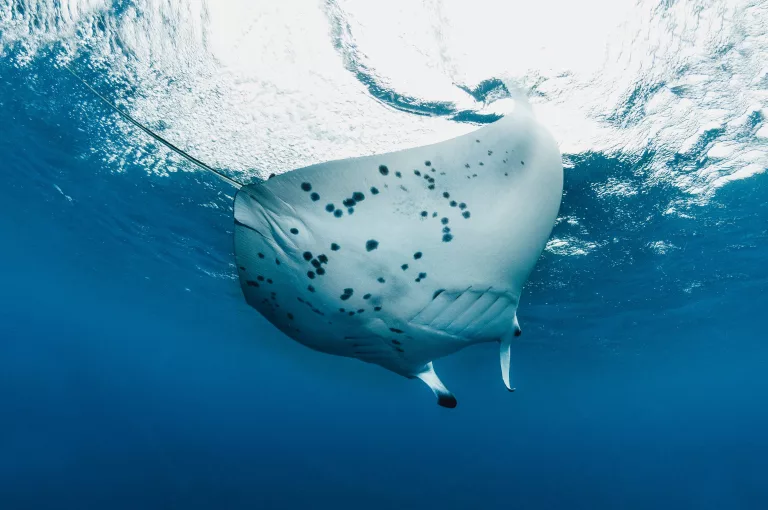
Looking ahead, the study provides a significant milestone in the conservation of sharks and rays in South Africa as well as a solid foundation for further improvement and action for shark and ray conservation in South Africa’s waters.
It demonstrates the power of collaboration, data-driven approaches, and innovative conservation planning to address the critical threats facing these iconic marine species.
For more information, visit the study publication at Science Direct
Follow us on social media for more travel news, inspiration, and guides. You can also tag us to be featured.
TikTok | Instagram | Facebook | Twitter
ALSO READ: South African Vets pioneers assisted reproduction in rhinos


